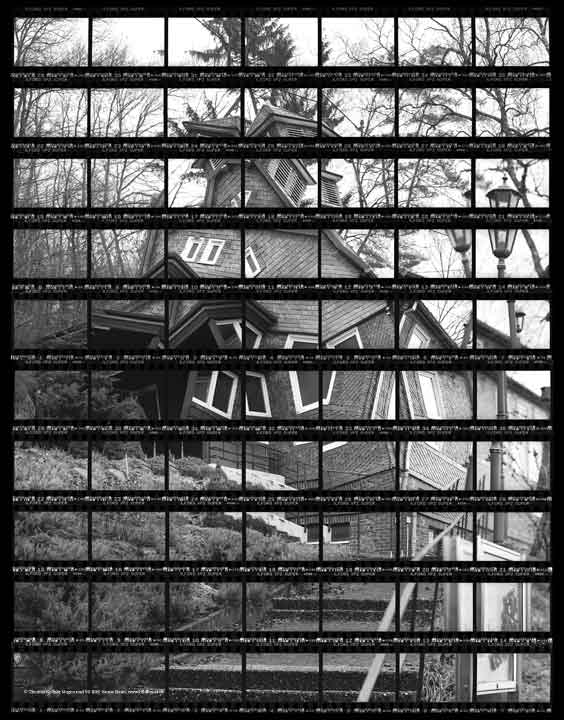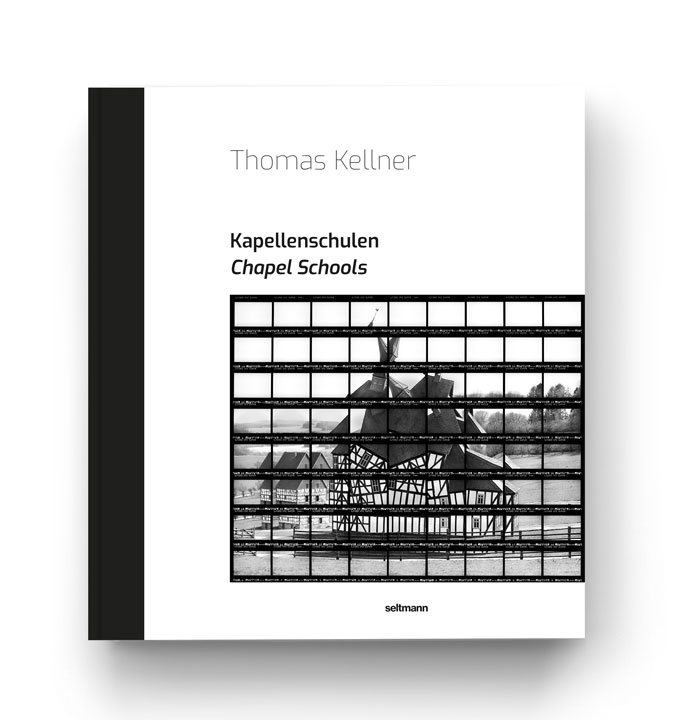Chapel school Sohlbach-Buchen
In the 16th century, the present-day Siegen villages of Buchen and Sohlbach belonged to the parish of Ferndorf and its residents also attended church there. When the chapel school was built in Buschhütten in 1692, the burden on its residents was reduced because the walking distance became shorter. In 1862 Sohlbach also received a village school. In 1951, the chapel school was built in Sohlbach, which was used for both church services and as a school for the parishes of Buschhütten and Buchen.
The former chapel school now serves as a community center and a local homeland museum. Exhibits on village history and the past working world may be viewed by prior arrangement. The local historical society also offers the option of renting the old village school for various events.
Sohlbach-Buchen in: The Chapel Schools' Book
Chapel schools form a solitary architectural type for the Siegerland and its neighboring regions.
As stand-alone buildings and conspicuous in their surroundings, like the one in Sohlbach-Buchen, they reveal the connection between religion and school education starting from the domain of Count William I of Nassau-Katzenelnbogen (1487-1559) and his son John VI of Nassau, Katzenelnbogen and Dietz (1536-1606). The hybrid used buildings existed until the end of the 19th century and in parts even until the 20th century.
Chapel Schools a solitary architectural type
The Siegen fine art photographer Thomas Kellner recognized the historical and cultural value of these buildings and set himself the task of preserving and recalling this typical regional cultural asset through a new medium. By means of photography he transfers the chapel schools into an artistic context and gives the historical topic a new dimension in the present (art).
Just as the chapel schools united in themselves two spheres of life, this publication also conveys different contemporary perspectives on the history and genesis of the chapel schools. While Kellner tries to rethink the type of building, which oscillates between profane and sacred, with his artistic realization, Chiara Manon Bohn, Isabell Eberling M. Sc. Dr. Andrea Gnam and Dr. Stefanie Siedek-Strunk provide an insight into the historical, architectural and religious classification of the chapel schools up to the pictures of Thomas Kellner in text contributions.











